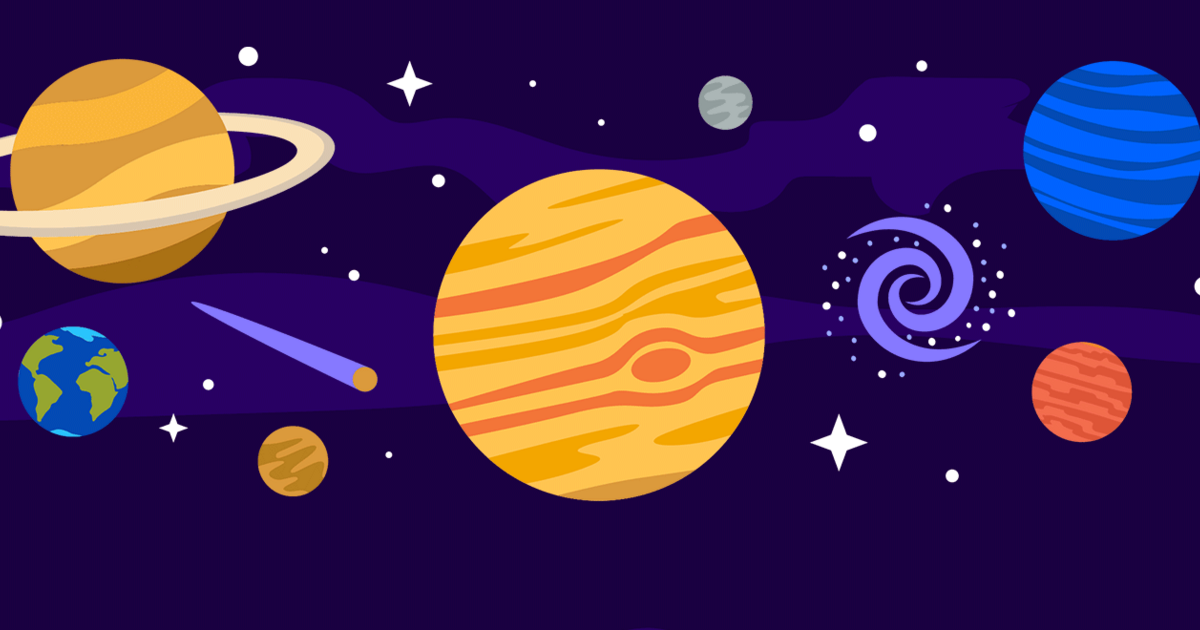The cultural, ethnic and age diversity of your communnity
Etnich group: They are populations whose social, cultural and economic conditions and customs distinguish them from the rest of society and who have preserved their identity throughout history as collective subjects who claim their origin, history and cultural characteristics given in the worldview.
Indigenous group: Indigenous peoples are diverse social and cultural groups with collective ancestral ties to the land and natural resources on which they live, occupy or migrate.
Community: A community is a group of people who share certain common elements such as language, customs, values, tasks, worldview, age, geographic location, social status, or roles.
Culture
"Learned set of traditions and lifestyles socialle acquired, from members of a society, including their prescribed and repetitive ways of thinking feeling and acting" -Marvin Harris
A culture is more than a series of typical elements, such as dress, food, or physical appearance, it is also a complete view of the world.
In Mexico, there are 68 indigenous peoples, each one has its own culture whose value is not different
Etncoculturalization
A partially conscious and partially unconscious learnig experience through which the oler generation encourages and forces younger generations to adopt traditional ways of thinking and behaving
Culture encompasses what we think how we think how we relate to others.
Ethnic diversity
Nahuas, Nahuatl, coarse respect for nature, farmers, progress with work even if it is without remuneration, without social distinction by gender.
Maya, second largest population of indigenous people in Mexico, combination of Catholicism, non-modern life
Micteco, cultivation of corn, cocoa, cotton and gold; They live in mountainous areas, ancient medicine.
Zapotecs, Oaxaca Guerrero and Chiapas, agriculture, livestock and fishing.
Tsental, Chiapas, sowing, humility and morality drives the world.
Otomi, crafts, livestock and agriculture; They make their own clothes.
Tzotzil, Chiapas, Mayan descent, two souls, one human and one animal.
Totonacas, mountainous and coastal, vanilla and chile, frog hunting, armadillos, commercialized with corn. Women with braids decorated with feathers
Masagua, corn, beans and squash, pottery, handicrafts and livestock.
Mazatecos, bricks, sheets and cement, medicine with herbs and mushrooms, planting coffee, rice, pineapples and sesame seeds, Catholics
Chol, Mayan descent, Chiapas, cultivation ceremonies, diseases due to mistreatment of the land.
Huasteco, fishing, salt, chiles and country fruits, Mayan ancestors, piercings in the skin and they wore jewelry, without clothes.
Purépechas and Tarascos, modifying bronze, painting and sculpture, blackberry tamale, ball game.
Chinanteco, crafts, embroidery and weaving, polytheists.
Mixe, coffee cultivation, they live three months on the plantation, plantains and potatoes.
Tarahumara, running long distances, polytheistic, bright colors and ornaments on clothing, born on a mountain and care for animals.
Mayo, Yanki descendants, healers, concrete palm and wood, irrigation systems and pesticides.
what,
Amuzgo, crafts.
Tojolabal, ranchers, barter, family, eternal father, adore the sun and the moon.
Huichol, Nahuatl, two types of diseases, adobe huts for their deities.
Triquis, banana and coffee cultivation, corn
Yaqui, livestock and bank loans, cahita and Spanish, quackery.
Popoloca, ceramics, mastery of corn and use of salt.
Lacandón, fruits, corn and yams, protect the jungle
Traditions
Viacrucis de Iztapalapa
Procesion in Puebla
Ethnic diversity
According to the Mexican Constitution, our country has a multicultural composition, based originally o its indigenous peoples, which retain their own or part of their own social, economic, cultural and political institutions.
Currently, there are about 70 ethnic groups in our country, which are distributed throughout
- According to INEGI (2015) the 10% of the population calls themselves indigenous, 6.1% declare themselves to speak an indigenous language.
- Most of our country´s conserved ecosystems are located in indigenous territories (cosmovision)
- In 2018, 6.9% of the indigenous population was in poverty, while 39% of the non-indigenous population was in the same situation.
- The social disadvantages that indigenous people accumulate as a result of systematic processes of exclusion and discrimination limit their opportunities for development and participation.
- Conditions must be created for their full development and for the full exercise of their economic and social rights.
News
On March 8, 2023, Inés Fernández, originally from Guerrero, announced that one of her attackers had been sentenced to 20 years in prison. At the age of 25, Inés was the victim of sexual abuse at the hands of 11 members of the Mexican Army. According to what she recounts, when denouncing, she faced discrimination for being a woman and indigenous and the inefficiency of the Mexican authorities, who put obstacles in the search and trial of the aggressors.












